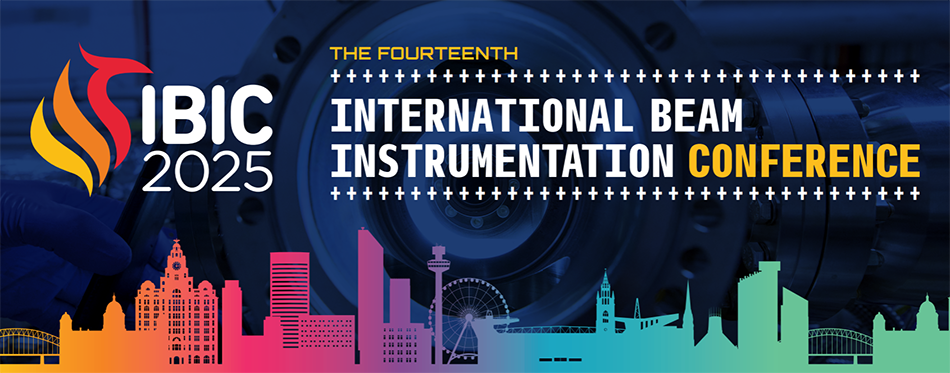Speaker
Description
For the ESS linac commissioning, twelve extremely compact beam destinations were designed in place of bulky and expensive beam dumps, in order to dump [0.075, 250] MeV protons. The beam destinations were either Faraday Cups (FC) for the NCL commissioning or Insertable Beam Stops (IBS) for the SCL commissioning. Both FC and IBS are beam-intercepting devices, operated under vacuum, water cooled and movable by means of a pneumatic actuator. The manufacturing of FC and IBS relied on high-precision machining. The limited installation space and vacuum requirements required strict tolerances, complex welding of small components and vacuum brazing of compact cooling pipes. The installation of the devices themselves, their radiation shielding and portable cleanrooms were particularly challenging due to the limited space not only outside but also inside the beamline.
The main challenge during the operation was posed by the beam power density. Radiation transport calculations allowed to minimize residual dose rates. Thermo-mechanical simulations allowed to define the operational limits thus avoiding damage to the beam destinations themselves and linac components nearby.
| I have read and accept the Conference Policies | Yes |
|---|

